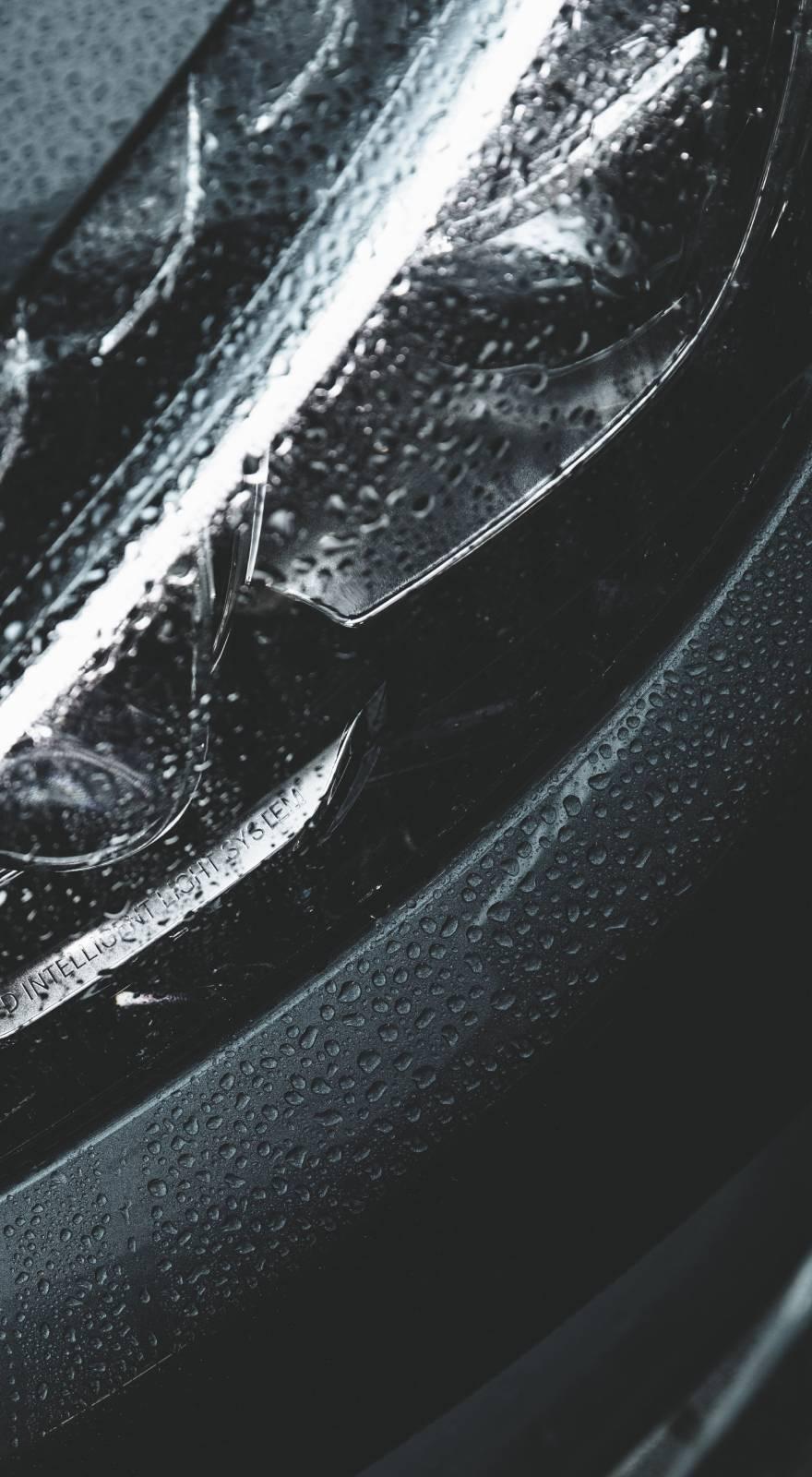Knowde Enhanced TDS
Identification & Functionality
- Reinforcement Material
- Composite Materials Functions
- Sizing Type
- Strach
- Weave Type
- Plian
- Technologies
- Product Families
Features & Benefits
- Labeling Claims
- Materials Features
- Properties and Advantages of Basalt Fiber
- Basalt fiber has a universal set of heightened characteristics that mark it out among other fibers applied in the industry of composites. If each single benefit is taken separately it’s possible, without a doubt, to find some materials that are more efficient than basalt. But if a customer demands a scope of characteristics, basalt becomes a perfect solution due to quality-price ratio. Properties of basalt fiber significantly excel qualities of E-glass and put it closer to the features of special fibers such as S-glass, chemical-resistant glass, quartz fiber. Basalt fiber and products on its base have higher natural strength, resistance to corrosive environment, long life time, as well as perfect electric and thermal insulation properties.
The key advantages:
- Wider range of temperature application (working temperature up to 700o C). This attribute helps to use the material for thermal insulation of different equipment in areas where high temperature insulation is required and also for fire barriers as a fireproof material.
- Higher chemical resistance in acid and alkaline medium, sea water, as compared to E-glass. This property of basalt fiber opens wide horizon for the application in constructions that work under the influence of moisture, saline, chemical and alkaline medium. This will enable consumers to replace metal structures and parts that under the influence of chemically active medium are subject to corrosion, with light, solid and corrosion resistant products made from basalt fiber. Thus, different forms of basalt fibers can be used for reinforcement of concrete. Being made from geological materials, basalt fiber does not react with salts or colorant, that’s why concrete solutions with fiber addition can be employed in the construction of marine structures, in architectural and decorative concrete. In covering of roadways fiber protects concrete and fittings from the penetration of deicing salts and aggressive substances; it also enlarges retained strength and resistance to freezing-defrosting, increases roughness of the surface. Chemical resistance of basalt fiber is also one of the competitive advantages for its usage while making filters for chemical and metallurgy industry as well as for the production of different containers for chemical industry and utility.
- 25% higher strength in comparison with E-glass.
- 15% higher Young’s modulus of elasticity in comparison with E-glass.
- Ecological friendliness of the material. Full compliance with REACH. The finished product does not contain any hazardous substances and totally corresponds to REACH protocol as well as to other sanitary standards.
- Long operating life. Life time of materials is 50 years. Usage of such materials helps to be economical due to long operating life, and it also strengthens safety of industrial objects maintenance.
- The material is resistant to vibration. This quality stimulates its usage for turbine insulation.
- The material is not exposed to the impact of mold and other microorganisms.
- Low price as opposed to high cost of special purpose glass.
- Product Highlights
Basalt fabrics replace asbestos, silica and other fabrics in many spheres of usage. Basalt fabric is a superb insulation, reinforcing and filtering material. In comparison with glass fabrics, those made of basalt have better sound insulation, dielectric and mechanical properties. At the same time chemical resistance of basalt fabrics gives an opportunity to use them in corrosive medium.
Applications & Uses
- Applications
- Composites End Use
- Application
- As thermal insulation for welding, production of fireproof shutters and flameproof clothing.
- As thermal insulation for industrial equipment, furnaces, recuperators, pipelines, turbines as well as for protection of other hot surfaces (fire protection of walls close to stoves and fireplaces, protection of covers from hot tubes, etc.)
- As a covering material for thermal insulation mats.
- As a filter to refine end gasses from dust at metallurgical works.
- In the production of composite materials.
Properties
- Typical Properties
| Value | Units | Test Method / Conditions | |
| Fabric Density (Weft) | 8 - 10 | yarns/cm | — |
| Fabric Density (Wrap) | 9 - 11 | yarns/cm | — |
| Loss On Ignition | min. 0.5 | % | — |
| Tensile Strength (Weft) | min. 800 | N/25 сm | — |
| Tensile Strength (Wrap) | min. 800 | N/25 сm | — |
| Thickness | 0,18±0,03 | mm | — |
| Weight per unit area | 210±20 | g/m² | — |
| Width | 100±1 | cm | — |

